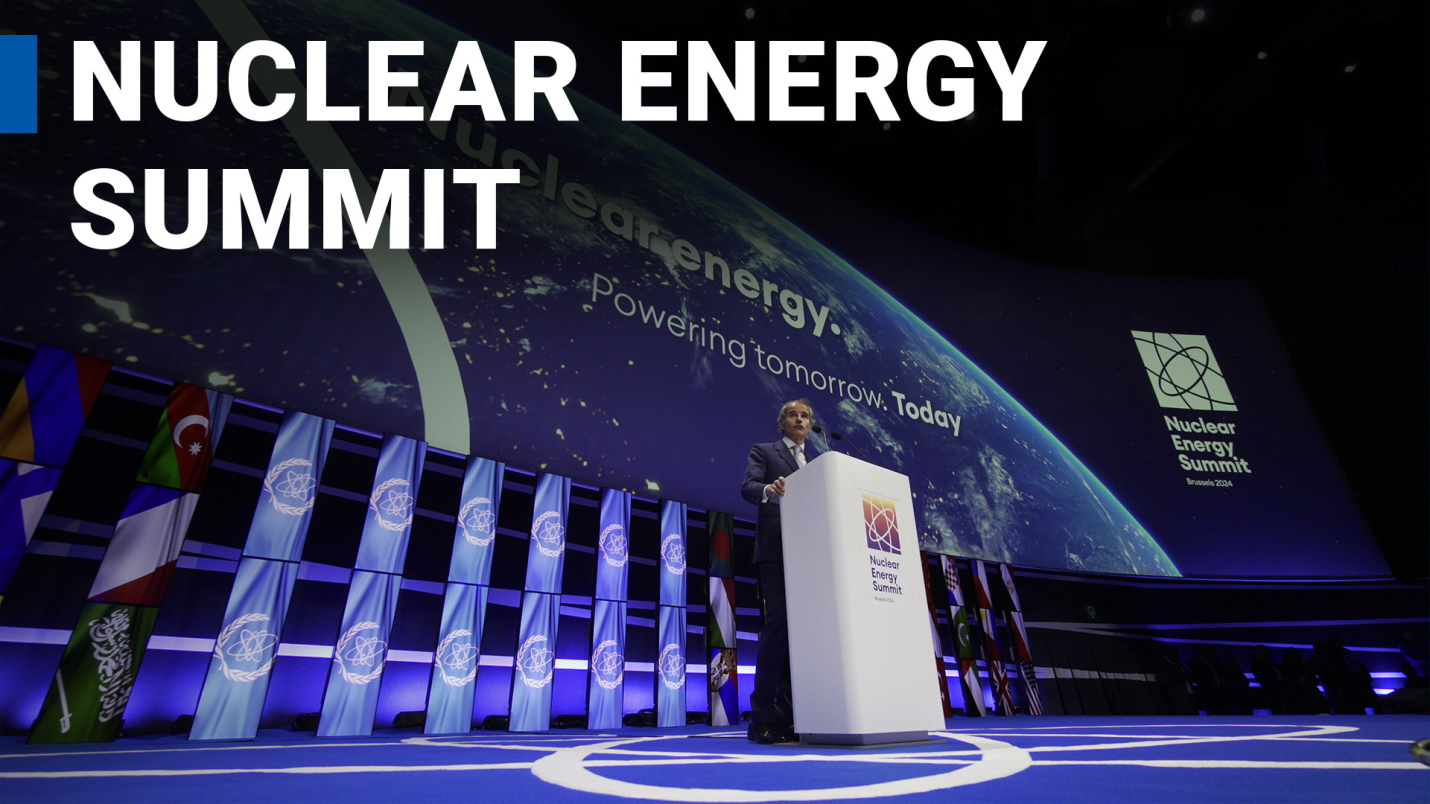Description
.png)
Copyright infringement not intended
Picture Courtesy: https://www.manoramayearbook.in/current-affairs/india/2023/11/17/indo-pacific-economic-framework-ipef-upsc-explained.html
Context: The Union Minister of Commerce and Industry, Consumer Affairs, Food and Public Distribution, and Textiles, joined the U.S. Secretary of Commerce, Thai Deputy Prime Minister and Foreign Minister, and other Indo-Pacific Economic Framework (IPEF) partners for the first Ministerial meeting of the year.
Details
- The meeting started with an update on the progress achieved since the important conclusion of discussion for the proposed Clean Economy Agreement (Pillar III), Fair Economy Agreement (Pillar IV), and IPEF Agreement in November 2023. The ministers discussed continuous cooperation across these agreements.
- The parties praised the IPEF Supply Chain Agreement, which came into effect on February 24th, 2024. This agreement intends to strengthen supply chain resilience in the Indo-Pacific region.
- The parties reviewed future steps for delivering concrete achievements under the framework and announced an in-person meeting in Singapore on June 6, 2024, to discuss several agreements such as the Supply Chain Agreement, Clean Economy Agreement, Fair Economy Agreement, and IPEF Agreement.
Indo-Pacific Economic Framework (IPEF)
- The Indo-Pacific Economic Framework for Prosperity (IPEF) is an economic blueprint introduced by the United States President in May 2022.
- It aims to promote economic cooperation and growth among states in the Indo-Pacific. The framework focuses on building the groundwork for future negotiations rather than immediately imposing uniform tariff cuts.

Key Provisions and Features
- The IPEF was launched with fourteen member states, including major economies like as India, Japan, South Korea, and the United States, as well as some ASEAN members and Oceanian countries. Efforts are underway to broaden membership and invite additional countries to join the framework.
- The IPEF is founded on four main pillars:
-
- Trade (Pillar I)
- Supply Chains (Pillar II)
- Clean Economy (Pillar III)
- Fair Economy (Pillar IV)
- These four pillars serve as the foundation for achieving long-term economic development and encouraging member nations to cooperate.
- India has joined Pillars II to IV of IPEF while it has an observer status in Pillar I.
- As part of the IPEF, a Supply Chain Agreement was signed in November 2023, emphasising the role of robust supply networks in promoting regional economic stability and growth.
_1.png)
Significance
- Counterbalancing Chinese Influence: The IPEF is an important tool for the US to mitigate China's expanding economic influence in the Indo-Pacific region.
- Promoting Economic Growth: By fostering collaboration and enabling trade and investment, the framework aims to promote economic growth and development among member nations.
- Strengthening Regional Partnerships: The IPEF serves as a platform for nations in the Indo-Pacific to strengthen partnerships and cooperate, thereby contributing to regional stability and prosperity.
Challenges
- Some critics have questioned the IPEF's effectiveness due to the absence of actual policy initiatives, such as tariff reductions.
- Certain nations, such as Taiwan, have been excluded from the framework, raising concerns about the initiative's inclusion and political objectives.
Way Forward
- To increase confidence in the framework's performance, member nations must improve transparency in the negotiation process and address stakeholder concerns.
- Efforts should be made to expand membership and invite additional nations to participate to enhance the framework and broaden its regional influence.
.jpg)
Conclusion
- The Indo-Pacific Economic Framework for Prosperity (IPEF) is an important step towards strengthening economic cooperation and growth in the Indo-Pacific region. Despite facing obstacles and criticism, the framework has the potential to provide more stability, prosperity, and cooperation among member nations, thereby contributing to a more inclusive and sustainable regional economic framework.
Must Read Articles:
Indo-Pacific Economic Framework for Prosperity (IPEF): https://www.iasgyan.in/daily-current-affairs/indo-pacific-economic-framework-for-prosperity-ipef#:~:text=The%20IPEF%20aims%20to%20have,and%20anti%2Dmoney%20laundering%20components
|
PRACTICE QUESTION
Q. How does the Indo-Pacific Economic Framework for Prosperity intend to balance the diverse economic interests and developmental stages of its member countries while fostering inclusive growth?
|




.png)
.png)
_1.png)










